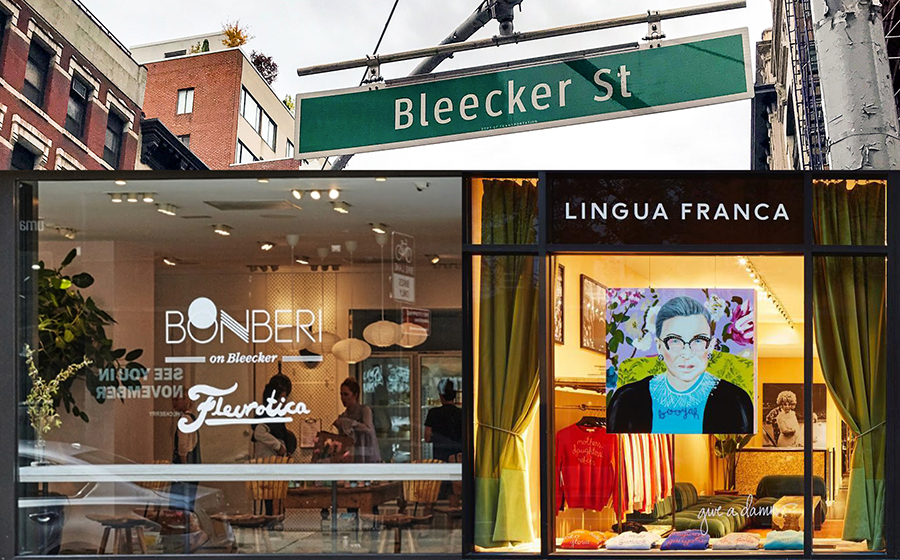Mention Bleecker Street to someone and, depending on their age and the context, you will get a myriad of answers. To certain people, Bleecker will always be the heart of New York City\’s Greenwich Village of the 1960s, the home of intimate folk music clubs, head shops and a disturbingly large number of falafel restaurants. Others know Bleecker as the coolest shopping street around, home to a mini-mall\’s worth of Mark Jacobs stores, at least two Ralph Lauren outposts and enough upscale specialty stores to max out one\’s Amex card in a matter of hours.
But today Bleecker Street is undergoing yet another transformation that could place it in the forefront of the reinvention of the physical shopping experience.
Most recently the home to more \”For Rent\” signs than retail nameplates, a critical stretch of Bleecker is being recast as pop-up store experiment extraordinaire by mega-developer Brookfield Properties. How it works out could say a lot about the future of retailing.
Earlier this year, Brookfield – which can be more often found in the world of shopping centers with over 148 million square-feet of space under its ownership – bought up seven individual (and quite empty) stores along Bleecker, in the stretch west of Seventh Avenue. Once the heart of this shopping area was teeming with all manner of consuming consumers, but has been pretty much abandoned, a victim of greedy landlords who kept jacking up rent rates for as long as they could…until they couldn\’t anymore. Rents reportedly topped out in the $400 to $500 a square-foot range. The once thriving independent stores were priced out of the market and when the national chains saw that sales weren\’t justifying the rents they pulled out as well, creating the retail wasteland. Brookfield\’s idea is to repopulate the street with test stores from startups and other brands who aren\’t ready to commit to long retail leases…and ever-escalating retail rents. The company told the Wall Street Journal earlier this fall, \”For us it\’s a great learning experience and hopefully something we\’ll take globally. Part of the problem in the retail world,\” it said, encapsulating the overall dilemma physical retailing faces these days, \”is that things got very commoditized.\”
So, its plan is to de-commoditize the street. Enter, among other new tenants: Fleurotica, a floral design shop; Lingua Franca, a cashmere sweater seller; and Bonberi, offering health food and personal care products. Many of the stores are offering special events and experiences to try to drive traffic, consistent with what the best independent specialty retailers throughout the country have found to be a successful tactic to revitalize in-store shopping. While the city of New York is working on legislation to allow tenants to go to arbitration on leasing rates, in the short term the city is overrun with a very noticeable retail vacancy problem.
And there are skeptics – maybe we should call them cynics — out there who think Brookfield\’s test is only a short-term Band-Aid to tide the space over until more permanent (and profitable) solutions are found for all those empty storefronts.
Maybe, but maybe it\’s also the case of a big real estate owner realizing it better find an answer to the problems besetting physical retailers before it\’s too late. This is especially critical for Brookfield, which earlier this year doubled down on retailing with its $9.25 billion purchase of General Growth Properties, another big mall operator.
In the early days of New York City, the area around Bleecker Street was a farm, owned by the Bleecker family, of course. Today, if Brookfield isn\’t exactly betting the farm on this test, it is most certainly wagering that it has found a possible remedy for the struggles of physical retailers. If it doesn\’t work, the sad answer may reside at 147 Bleecker Street: The Bitter End.
Warren Shoulberg has experienced all the guises of Bleecker Street over the years…except when it was a farm.




